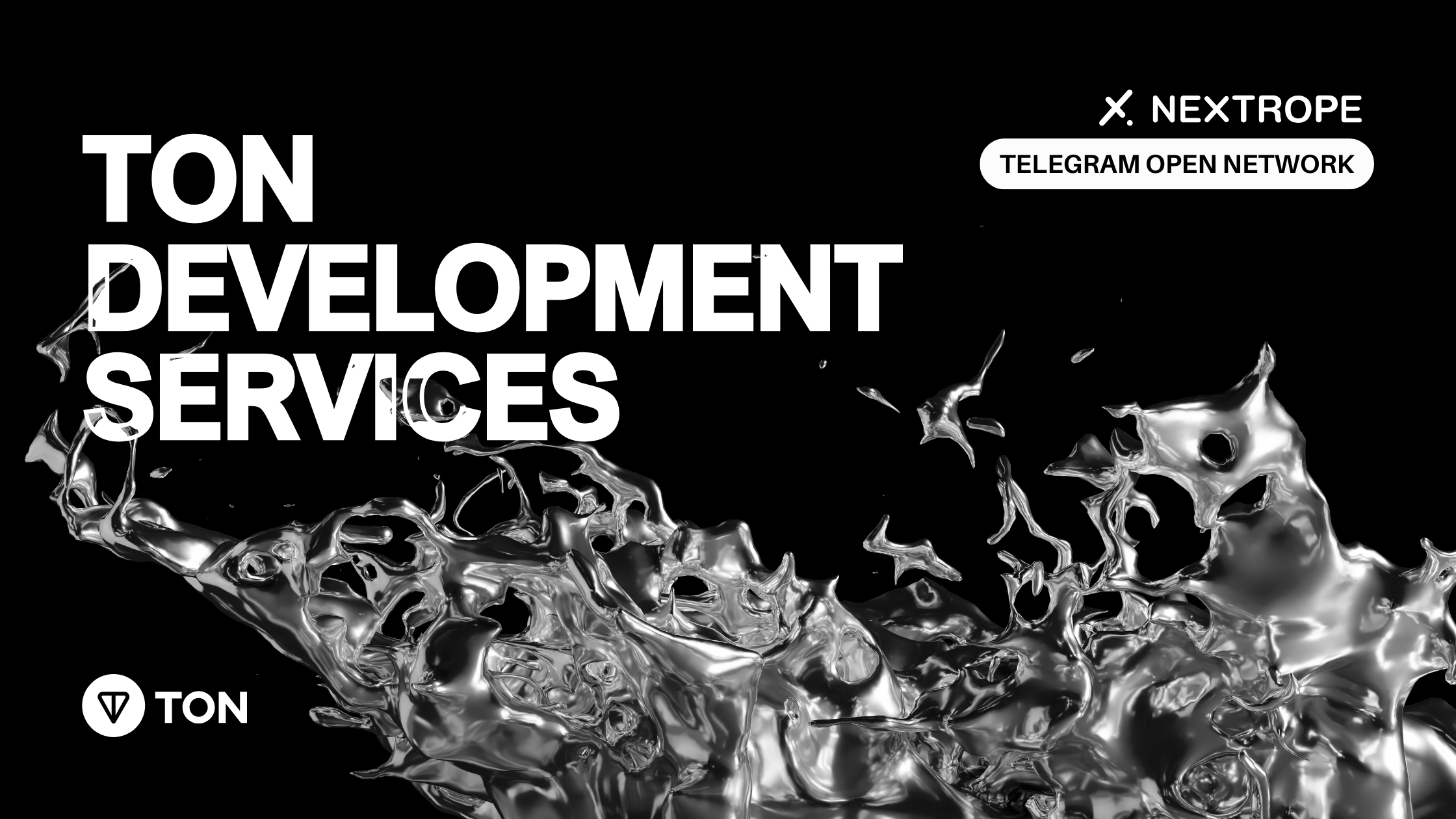
At Nextrope, we integrate cutting-edge technologies like TON into customized software solutions, propelling businesses into the future of decentralized applications (DApps), smart contracts, and beyond. We provide a custom TON development to help you create robust and extendible apps.
What is TON?
Overview of TON Blockchain
TON, or The Open Network, is a blockchain ecosystem designed for scalability, speed, and usability. Originally conceived by the founders of Telegram, TON aims to address the limitations of previous blockchain systems, providing a foundation for real-world applications on a global scale. With its innovative approach to data storage, processing, and transmission, TON stands as a groundbreaking platform for developers and businesses alike.
Key Features of TON
- Scalability: TON’s unique architecture allows it to handle millions of transactions per second.
- Speed: Transactions on the TON network are processed swiftly, ensuring a seamless user experience.
- Security: Robust encryption and consensus mechanisms safeguard all operations on the network.
- User-friendly Applications: Tools like TON Wallet and TON Surf make accessing blockchain functionalities easier for everyone.
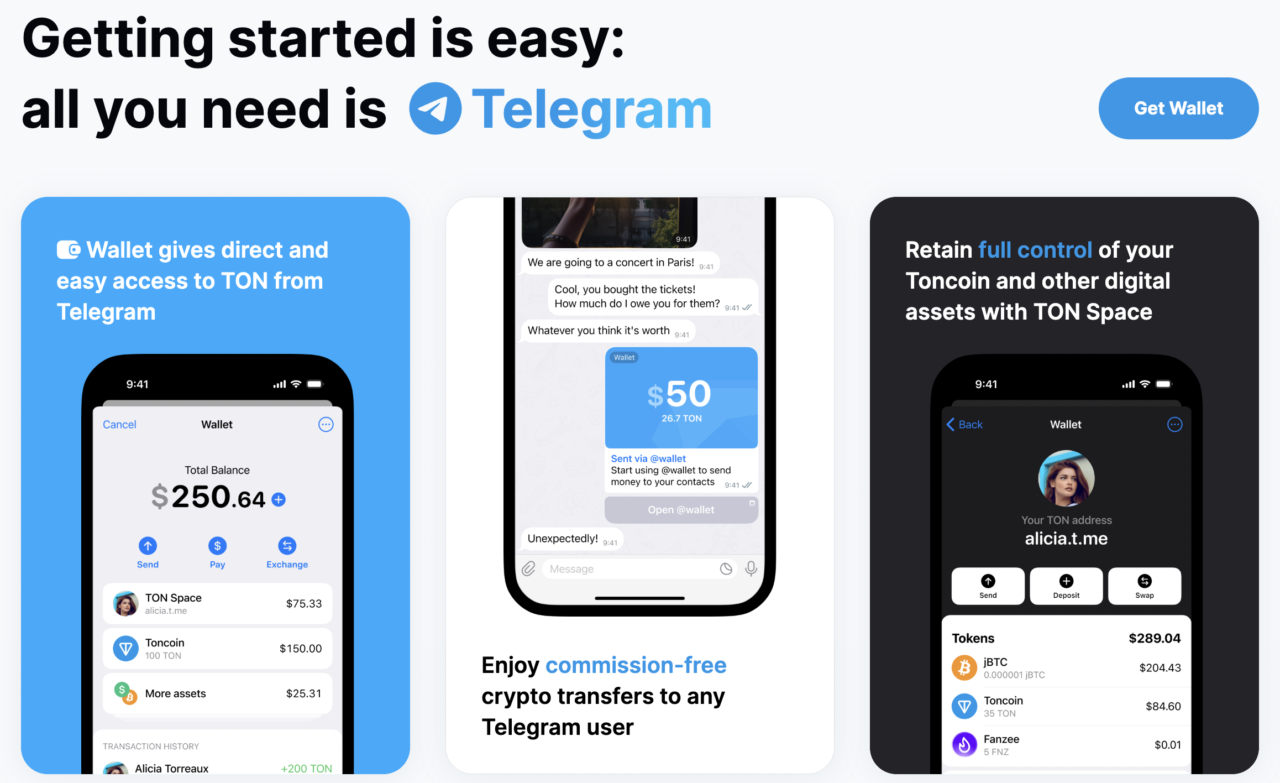
Why TON for Your Project?
Benefits of Using TON Blockchain
Adopting TON for your blockchain project brings numerous advantages:
- High Throughput and Efficiency: TON’s infrastructure can support extensive use without compromising performance.
- Advanced Security Protocols: Benefit from state-of-the-art security, protecting your data and transactions.
- Versatile Applications: From cryptocurrencies to decentralized data storage, TON’s capabilities are vast and varied.
Comparision
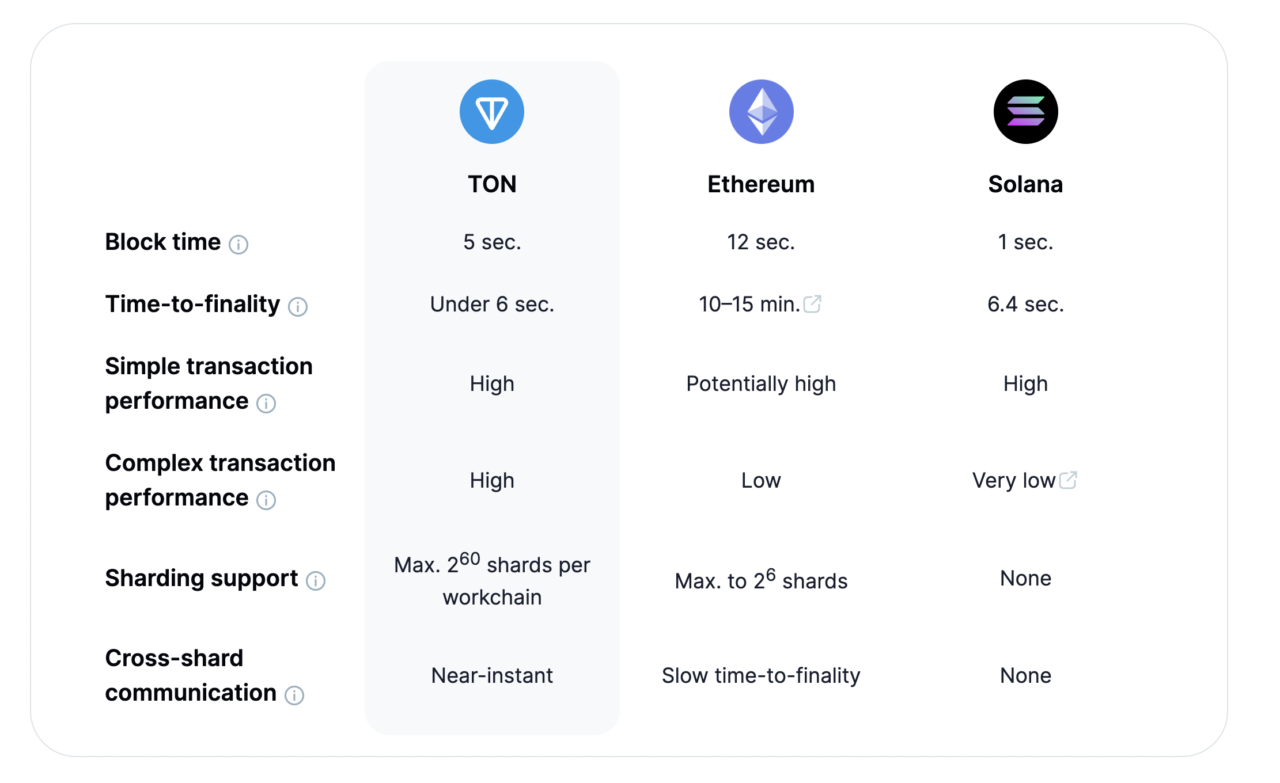
Why Build Mini Games on TON
Access to 800 million Telegram users – Users can interact with games seamlessly. The Telegram API for creating TWAs allows you to create a user experience without leaving the main Telegram app.
User acquisition & retention – Utilizing Telegram as a distribution channel provides access to a wide range of traditional Web2 tools for user acquisition and retention.
Fast and cheap blockchain – TON is capable of processing more than 1,000,000 transactions per second while keeping fees low.The dApp serves as the user interface for TON ecosystem.
Easy registration & authorization – With TON Connect 2.0, dApps can connect to users’ wallets, facilitating secure communication and interaction.
Source: https://ton.org/en/gamefi
READ: “How to create NFT games? – A practical guide“
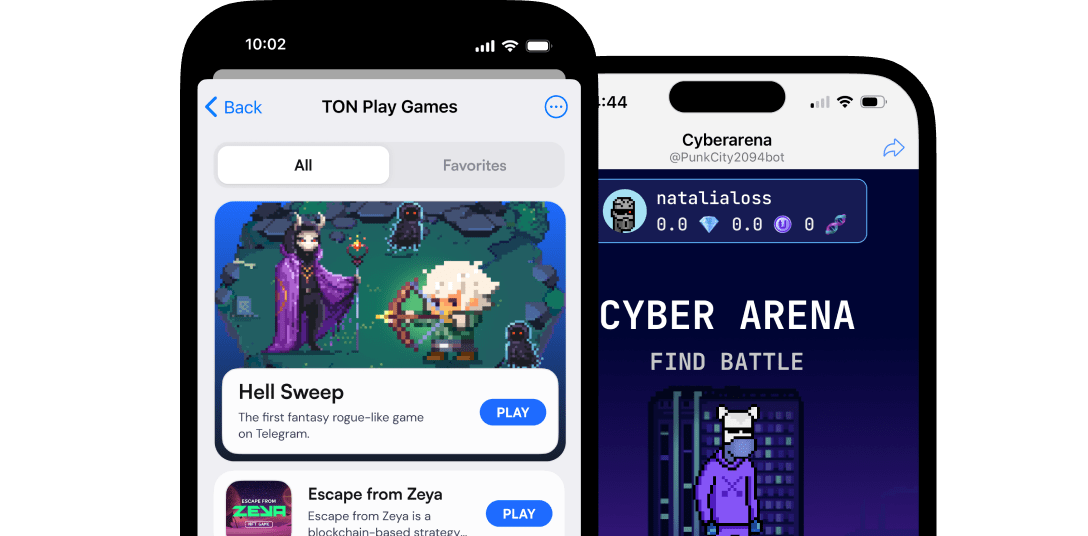
TON Development Services by Nextrope
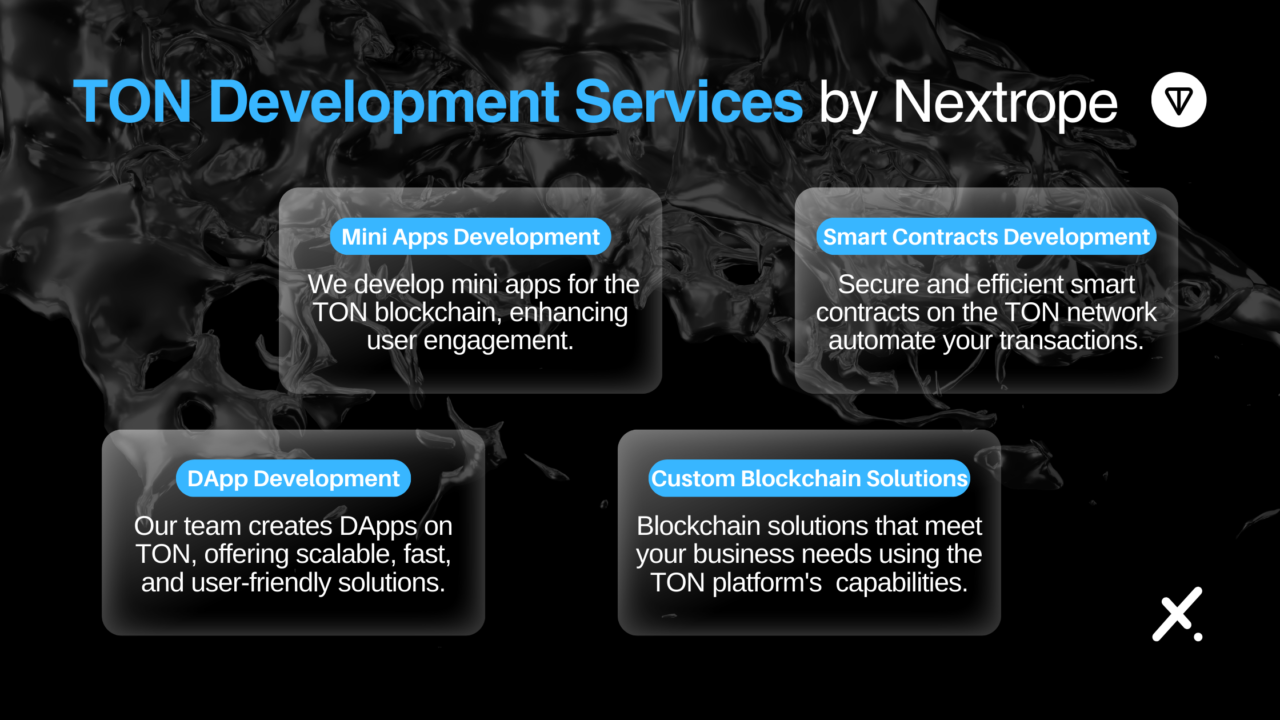
Mini Apps Development
Recognizing the growing demand for lightweight, highly focused applications, Nextrope offers Mini Apps Development services on the TON platform. These mini apps can be seamlessly integrated into larger applications or platforms, providing users with specific functionalities without the need to download separate applications. This approach is ideal for businesses looking to offer value-added services within their ecosystems or to engage users with targeted, efficient applications.
Custom Blockchain Solutions
Our expertise in blockchain technology enables us to craft bespoke solutions based on TON, tailored to meet the specific needs of your business. Whether you’re looking to revolutionize your industry or enhance your current offerings, Nextrope is your ideal partner.
Smart Contracts Development
We specialize in developing and deploying smart contracts on the TON network, ensuring they are secure, efficient, and fully aligned with your project requirements.
DApp Development
Leverage the power of TON with Nextrope’s DApp development services. Our team creates decentralized applications that are fast, secure, and scalable, harnessing the full potential of TON’s advanced blockchain technology.
Integration Services
Integrate TON blockchain technology seamlessly with your existing systems. Our integration services enhance your operations with increased transparency and efficiency, making your business ready for the future.
Why Choose Nextrope?
Nextrope stands at the forefront of blockchain innovation, with a dedicated team of experts passionate about delivering excellence. Our commitment to quality, client satisfaction, and comprehensive support from concept through deployment sets us apart in the blockchain services domain.
Conclusion
As the digital world moves increasingly towards decentralized solutions, TON Development Services by Nextrope offer a gateway to leveraging this transformative technology. With our expertise and innovative approach, we’re ready to help your business navigate the complexities of blockchain and emerge as a leader in your industry. Contact Nextrope today to embark on your TON development journey.
If you are interested in utilizing TON or other blockchain-based solutions for your project, please reach out to contact@nextrope.com
FAQ
Why choose TON for blockchain projects?
- TON provides scalability, speed, security, and user-friendly features, making it ideal for diverse blockchain applications.
Is TON suitable for small and medium-sized enterprises (SMEs)?
- Absolutely, TON’s flexible architecture makes it a great choice for businesses of all sizes, including SMEs seeking to leverage blockchain technology.
What services does Nextrope offer for TON blockchain?
- Nextrope offers TON blockchain development, including custom solutions, smart contracts, DApps, mini apps, and system integration.


